Last month, Xiaomi unveiled its newest Redmi Note 14 series in China; a worldwide release is not anticipated anytime soon. But last weekend, I managed to get my hands on the flagship Redmi Note 14 Pro Plus, and with its 6,200mAh battery, it’s quite the power bank. But is it limited to just that? Or has Xiaomi gone above and beyond to set the Redmi Note 14 Pro Plus apart from its competitors in the midrange? Here are my first thoughts about the Redmi Note 14 Pro Plus after using it for a few days!
Here is a brief summary of the Note 14 Pro Plus’s specs before we go into my opinions:
| Display | 6.67-inch 1.5K AMOLED, 120Hz refresh rate, 3000 nits brightness, Gorilla Glass Victus 2 |
| Dimensions | 162.53 x 74.67 x 8.66 mm |
| Weight | 210.8 grams |
| Processor | Snapdragon 7s Gen 3 (4nm) |
| Storage | up to 512GB UFS 3.1 |
| RAM | up to 16GB LPDDR5X |
| Rear Camera | 50MP + 50MP + 8MP |
| Front Camera | 20MP |
| Video | Up to 4K at 30 FPS |
| Connectivity | Wi-Fi 6, Bluetooth 5.4, 11 5G Bands, NFC |
| Software | Android 14-based HyperOS |
| IP Rating | IP68 |
| Battery | 6200mAh, 90W HyperCharging |
Beautifully Designed with Outstanding Images
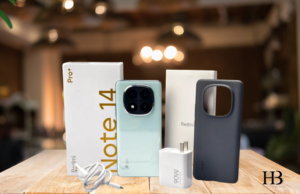
The Note 14 Pro Plus’s enormous 6,200mAh battery is the one feature that jumps out right away. To be honest, my thoughts immediately went to those sturdy phones that have the potential to cause memory loss in people. Upon opening the phone’s box, I was taken aback to see this elegant and functional gadget. The standard components of the box included a silicone case, a SIM ejector, a USB Type-A to Type-C adaptor, a charging adapter, and some papers.
Nevertheless, the weight of the phone shocked me more. With its shimmering marbly design at the rear that mimics a backwash on the shore, the Sand Star Green variant I have with me is a visual treat. The Redmi branding is the only thing visible in the bottom left corner, and it doesn’t detract from the overall design. There is a squircle camera system at the top to go along with everything.
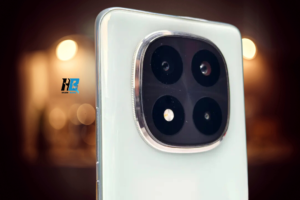
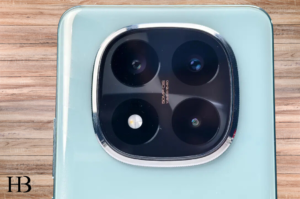
I particularly enjoyed how the camera module was engulfed by the glossy silver textured ring, which is similar to the one found on the iQOO 12 and Vivo X100 Pro. The middle location of the module also prevents unsettling shaking.
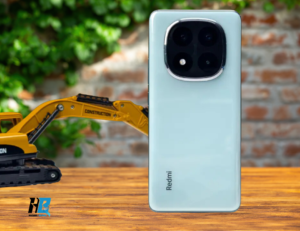
Additionally, the Redmi Note 14 Pro Plus has a premium feel to it because of its glass back, which is Gorilla Glass Victus 2 protected. That prevented me from getting a nasty taste in my mouth from the cheaper-feeling plastic frame. The power and volume rocker buttons are crowded together on the right, therefore the button arrangement may have been improved. Additionally, these keys seem a little cheap and are not as tactile.
The Note 14 Pro Plus’s front-facing curved display is a carryover from its predecessor. The same 6.67-inch 1.5K AMOLED display with a refresh rate of 120 Hz, compatibility for Dolby Vision and HDR 10+, as seen on the Note 13 Pro Plus, is what you see. Additionally, GG Victus 2 protects the display.
In any case, I discovered that the Vivid color scheme—which is also the one that is suggested—is the best. I watched a couple 4K HDR nature YouTube videos while using this profile, and the colors were realistic.
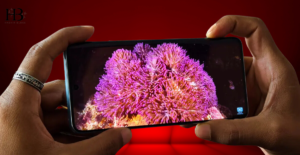
The screen was noticeably brighter and less reflective when I watched the Superman versus. Batman warehouse fight sequence again on Netflix. Even though I was seated in a well-lit room, I had no trouble seeing those dim scenes. During the day, I also used the phone on the patio, and here, too, the brightness levels were excellent, providing excellent sight.
I ended up watching the entire movie again from that point on since the Redmi Note 14 Pro Plus provided rich colors and deep blacks at the same time. But the asymmetrical audio separation triggered me, so I had to use earplugs. It’s unfortunate because the speakers sound excellent with respectable mids and highs, strong bass, and loudness.
Also, even with moist fingers, the in-display fingerprint sensor responds. However, there may occasionally be a millisecond delay.
An Actual Battery King
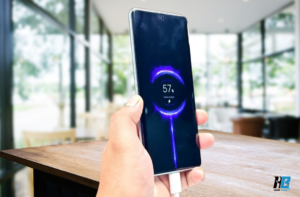
I was pressed for time to see if the new 6200mAh “high-energy silicon-carbon” battery lived up to expectations. That was a mouthful, hehe. But even after playing various games, running a benchmark or two, and streaming a ton of content, I was only 50% of my previous 100%.
I had been using the monitor in auto brightness setting for five or six hours by now. My best estimate is that this battery can easily provide backup power for two days or longer with moderate use, given normal usage. Likewise, I was unable to test the 90W charging speeds completely, but it only took me around 15 minutes to fully charge the phone from 50% to 100%.
What a Boresome Show
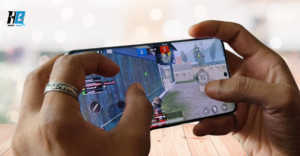
Even better screen-on times are now possible thanks to the power-efficient but unimpressive Snapdragon 7s Gen 3 processor. I don’t understand why Xiaomi chose a Qualcomm chip from the’s’ series for their “Pro Plus” model (for a better understanding, refer to our tutorial on Snapdragon naming schemes).
The benchmark results are also less than satisfactory and represent a decrease from the Dimensity 7200 Ultra of the previous model.
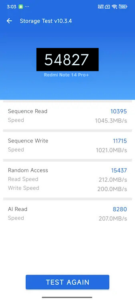
Not only that, but my frustrations don’t stop there. It turns out that we got the 12GB/256GB version, which has UFS 2.2 and LPDDR4X versions, respectively. This disappointment is demonstrated by the AnTuTu storage test results. Even the Redmi Note 13 Pro Plus from the previous year has LPDDR5 and UFS 3.1 installed.
The Redmi Note 14 Pro Plus’s gaming performance was likewise quite mediocre, with BGMI and COD Mobile both peaking at 60 frames per second (albeit that might be because the device is Chinese and not intended for use in other countries). Although the gameplay is fluid at 60 frames per second, these games typically run at 90 frames per second.
On the other side, after just 10 minutes, frames decrease to 40FPS even though Genshin Impact gives the Highest + 60FPS option. The FPS further decreases in busy areas with numerous adversaries, making the experience intolerable. After this, I was afraid to try Warzone Mobile at all.
Our Redmi Note 14 Pro Plus ran the Chinese HyperOS version of Android 14, which was based on Android 14. And even with only about six programs open in the background, I found that HyperOS still terminates tasks rather quickly. Eventually, I became dissatisfied with this inadequate RAM management.
Now, while I didn’t experience any problems when multitasking or with an absurd number of open Chrome tabs, there were occasionally slight stutters. I have no issues with the haptic feedback or animations; they’re both really nice. Even with the Chinese bloat removed, the user interface was passable, even if I was unable to explore it as much.
Past Uninteresting Cameras
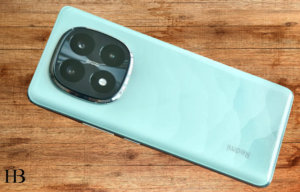
After the basic setup, I quickly shot a few sample photos and realized that the cameras here are insufficient.
The 200MP Samsung HP3 primary sensor from last year has been replaced with a 50MP Omnivision Light Fusion 800 sensor. Even in daylight, the images are still sharp and have good information captured by the primary sensor. But pictures frequently come out looking overly saturated. The dynamic range is not the best, but it’s respectable.
It was only after I switched to the 8MP Sony IMX355 ultra-wide that I noticed the discrepancy in color. Though details were lost in the process, the colors now seemed more realistic. In the meantime, more vivid colors are captured by the 50MP Samsung JN1 telephoto sensor, which has a 2.5x optical zoom. The fact that it is less saturated than the primary sensor is a plus, though. I’ve tested all three of the sensors, and they are wildly uneven in how they reproduce and process color.
During nighttime, noise-filled shots cause the camera performance to drastically decline from respectable to almost appalling. Additionally, colors are not captured effectively, and details are blurred out, giving the image a lifeless appearance. The nighttime photos also exhibit some degree of chromatic aberration, particularly when using the ultra-wide lens.

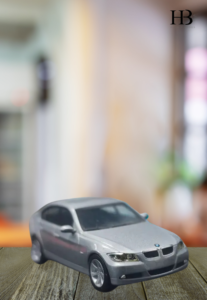
Human subjects also perform poorly; in well-lit rooms, the Redmi Note 14 Pro Plus renders people looking like oil paintings. When you zoom in, you can hardly see any details since the skin tones are just so washed out. The selfie photos are no different, but the saturation is worse. No fine features or skin intricacies, just an extra touch of lighting coming from, well, somewhere.
My phone can record videos in up to 4K resolution at 30 frames per second. OIS was present, but it wasn’t activating for 4K capture, which led to jerky photos. It appears like EIS was mostly attempting—and utterly failing—to steady the photos.
Simply said, the compromises are not worth it:
The Redmi Note 14 Pro Plus, with its subpar performance and subpar, unoptimized cameras, manages to be a step backward from its predecessor in some way. With the Realme GT 6T (review) and OnePlus Nord 4 (review) among the many amazing options in this segment, the Redmi Note Pro Plus, which is priced at 1,899 Yuan (about $260), is not competitive.
This phone may be an alternative for you if all you need is a battery charger—I repeat—and you can live with less than optimal performance. Even so, the phones I just named are fantastic all-rounders that will not disappoint you in any way.

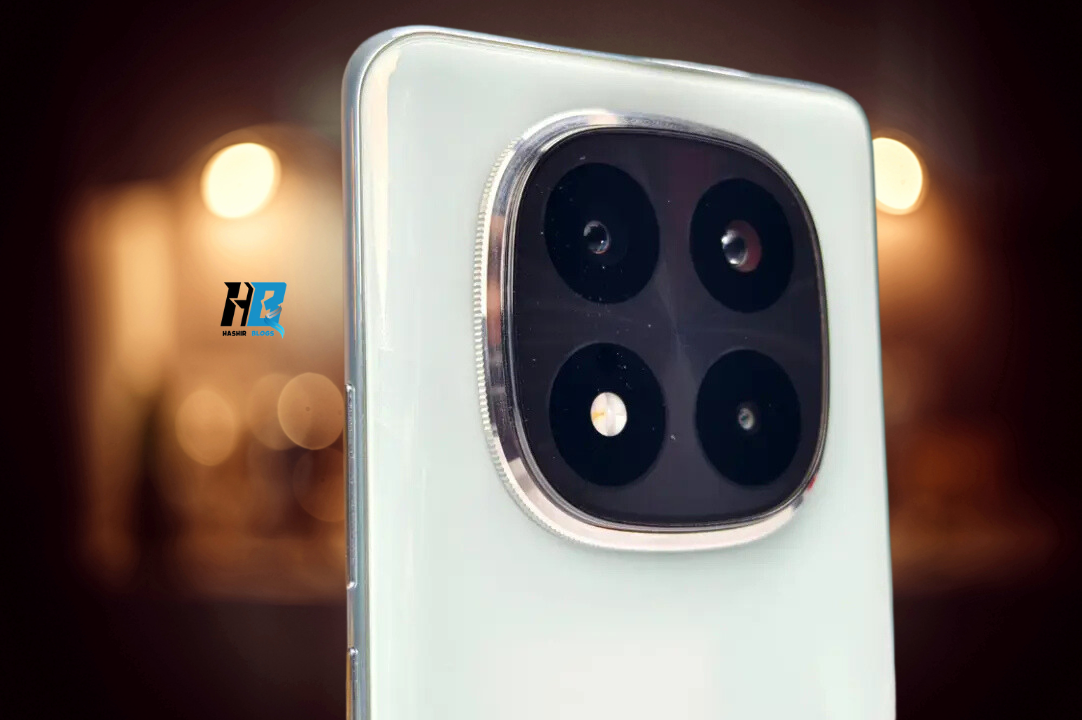
1 thought on “Redmi Note 14 Pro Plus Initial Thoughts: A One-sided Debate”